What does a breast lump feel like?
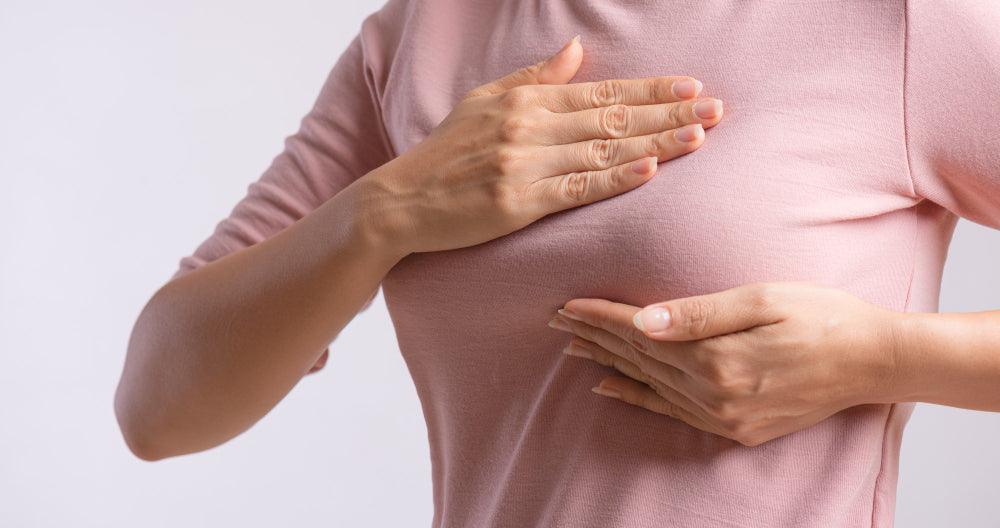
Related products
What’s covered?
What does a breast lump feel like?
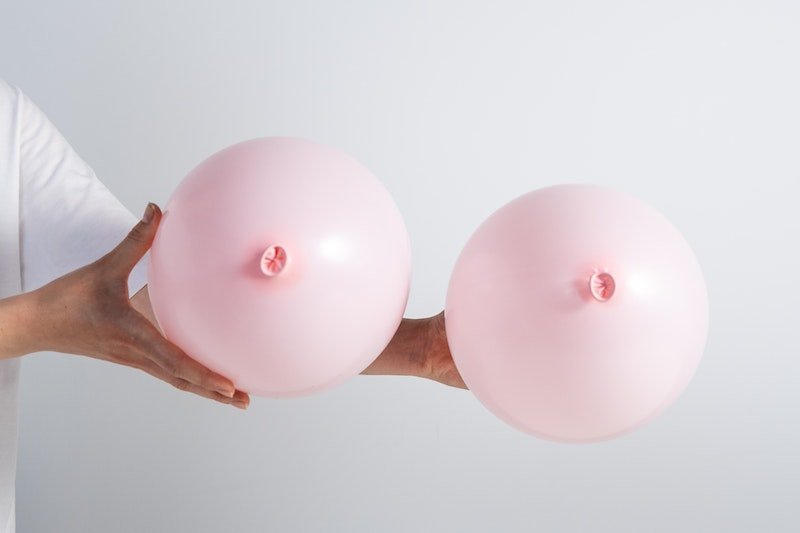
You're in the shower and you feel something odd. Is it a lump in your breast?
First, it's important to understand that not all breast lumps are cancerous. Most breast lumps are benign.
However, it's always best to get any lump checked out by a doctor.
But what, exactly, should you be looking for?
In this post, we'll talk about the most common symptoms of breast cancer, as well as how to check your breasts for any lumps or abnormalities. Let's get started!
What does a breast lump feel like?
Generally speaking, a breast lump feels like a hard mass that is distinctly different from the surrounding normal breast tissue. It may be tender to the touch, but not always.
Breast lumps can be small or large; they can be round or irregular in shape.
Keep in mind that it's normal for breasts to feel lumpy. This is because breasts are made up of Cooper's ligaments, milk ducts, and fatty tissue. Lumps can also be felt due to a blocked milk duct or blocked breast glands.
However, if you feel a hard lump that is significantly different from the rest of your breast tissue, it's important to have it checked out by a doctor.
Types of breast lumps
There are two main types of breast lumps: cysts and tumours.
Cysts are fluid-filled sacs that are usually benign breast lumps (noncancerous). Cysts often form in response to hormonal changes and are most common during your childbearing years. Cysts rarely cause symptoms, but you may feel a small, tender lump.
Cysts can be diagnosed with a physical exam and an ultrasound. Treatment typically involves draining the cyst or taking medication to reduce the size of the cyst.
Tumours can be either benign (noncancerous) or cancerous. Benign tumours are not usually life-threatening, but they may cause breast pain or change the shape of your breast.
The most common type of benign breast tumour is called a fibroadenoma, which is a noncancerous growth of glandular and connective tissue.
Fibroadenomas often occur in young women and girls and may grow larger over time. Treatment typically involves surgically removing the tumour.
Cancerous tumours are more aggressive and can spread to other parts of your body if left untreated. The most common type of breast cancer is ductal carcinoma, which starts in the cells lining the milk ducts.
Other types of breast cancer include lobular carcinoma (which starts in the milk-producing glands) and inflammatory breast cancer (which causes the breast to become red, swollen, and tender).
Cancerous tumours can be diagnosed with a mammogram, biopsy, or MRI. Treatment typically involves surgery, chemotherapy, radiation therapy, or targeted therapy.
Important Things to Keep in Mind When Checking for Breast Lumps
Before we dive into the self-examination process, let’s go over a few general things that are important to keep in mind when checking for breast lumps:
First, it’s important to know that not all breast lumps are cause for concern. Most breast lumps are benign, which means they are noncancerous.
Benign lumps are very common and can be caused by a variety of factors, including hormone changes, cysts, or dense breast tissue.
That being said, it’s still important to bring any newly discovered lump to your doctor’s attention so they can evaluate it and rule out the possibility of cancer.
It’s also important to keep in mind that there are different types of breast cancer. The two most common types are ductal carcinoma and lobular carcinoma.
Ductal carcinoma starts in the milk ducts and is the most common type of breast cancer. Lobular carcinoma starts in the milk lobules and is less common than ductal carcinoma.
There are other less common types of breast cancer as well, including Paget disease of the nipple, inflammatory breast cancer, and phyllodes tumour.
When checking for breast lumps, it’s also important to be aware of the symptoms of each type of cancer so you can identify any changes in your breasts and bring them to your doctor’s attention as soon as possible.
When assessing your health it is important to consider all aspects such as fitness or deficiencies, which can be done through the Welzo Well Woman Blood Test.
Now that we’ve gone over some general things to keep in mind when checking for breast lumps, let’s move on to the self-examination process.
Self-Examination Process: A Step-by-Step Guide
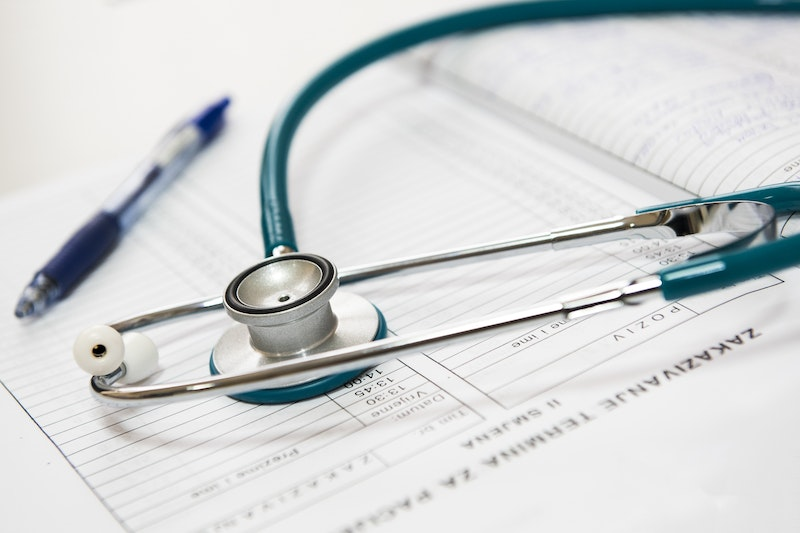
The best time to perform a self-exam is about a week after your period ends because your breasts will be the least tender at this point in your cycle.
If you don’t have a regular period or you don’t remember when your last period was, just pick a day each month that you will perform your self-exam and stick to it.
Now let’s get into how to actually perform the self-exam:
1. Start by looking at your breasts in the mirror with your shoulders straight and your arms on your hips
2. Next, raise your arms above your head and look for any changes.
3. Feel each breast with the pads of your fingers in a circular pattern moving from the outside toward the nipple.
4. Use light pressure at first, then increase the pressure if you don’t feel anything unusual.
5. Be sure to feel all around each breast—up top near your collarbone, under each armpit area, down along the sides near your armpit area, on the outer edge near
6. Finally, feel along both sides of your nipple— Remember, use different amounts of pressure while feeling different areas —no one area feels exactly like another
Bottomline
Breast lumps are common among women of all ages. While some lumps are benign (noncancerous), others may be cancerous.
Treatment depends on the type of lump you have. If you have any concerns about a breast lump, please consult with your healthcare provider for further evaluation and treatment options.
To find out more about your health, treatment concerns and specific needs, visit the Women's Health Hub at Welzo.



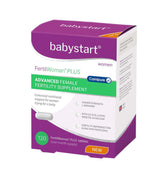
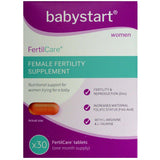
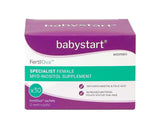

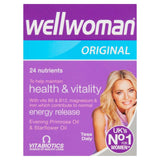
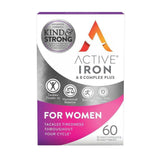

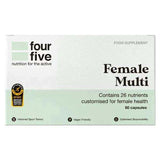
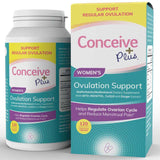
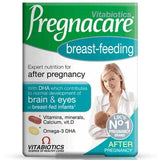
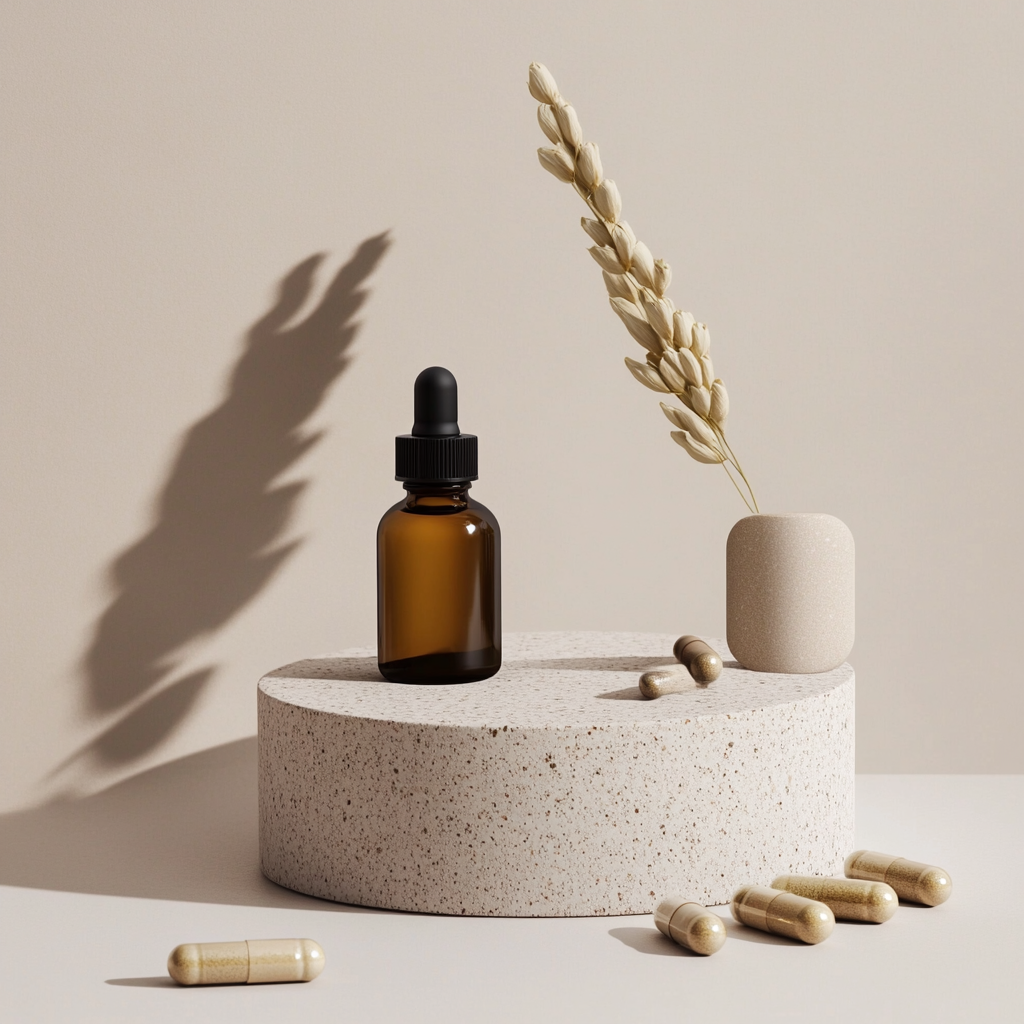

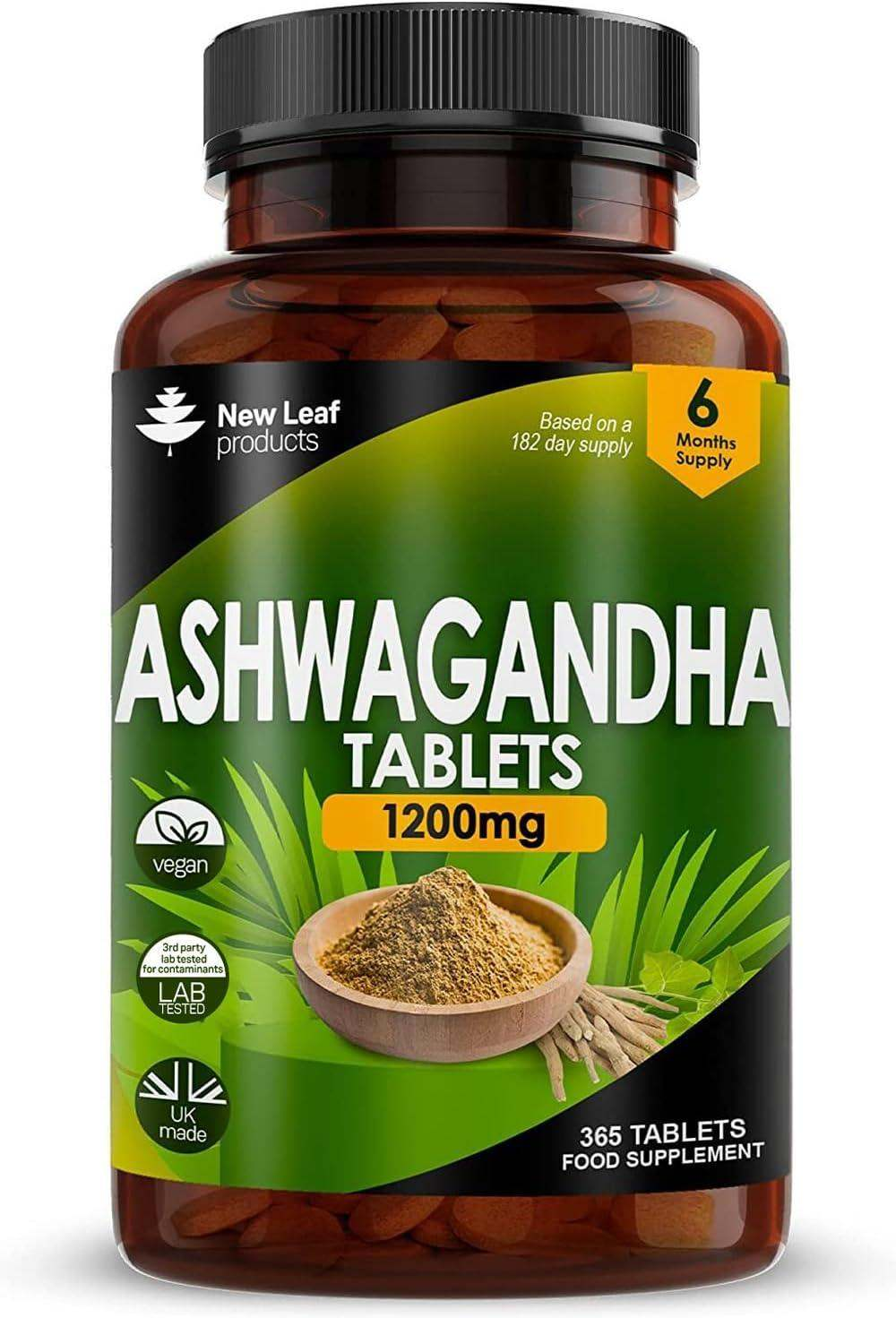


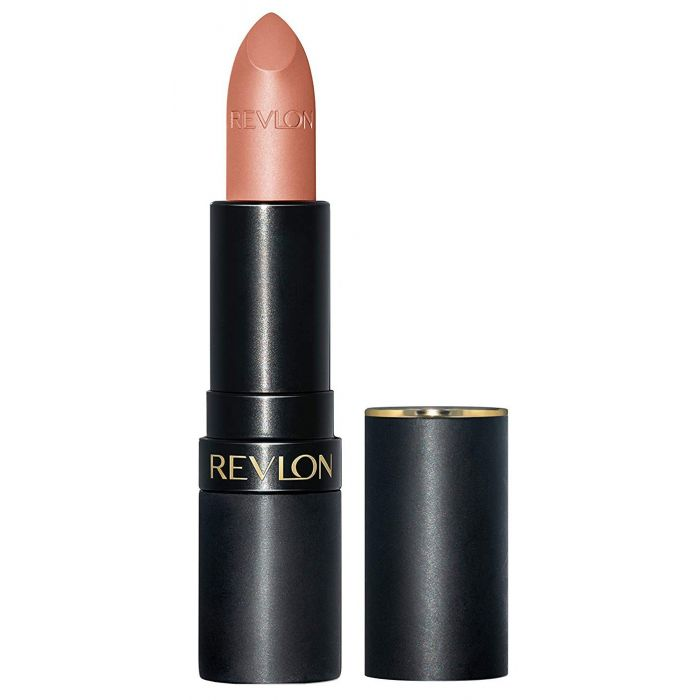
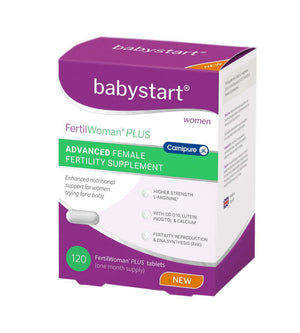
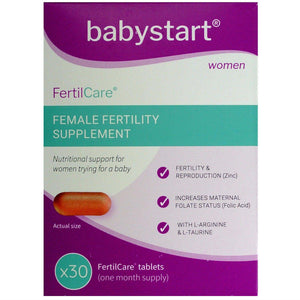
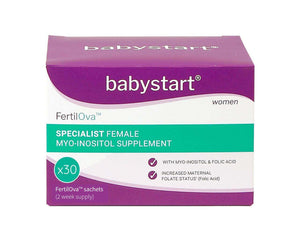


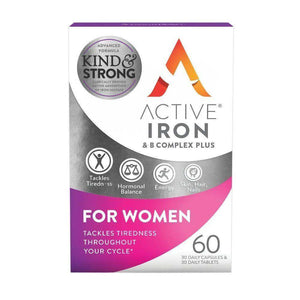

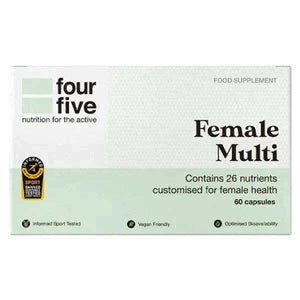
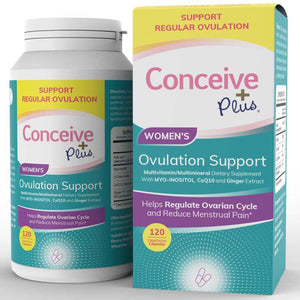
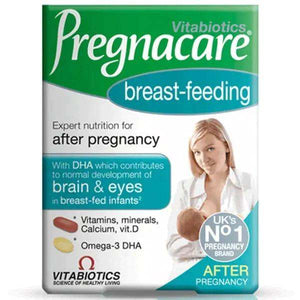
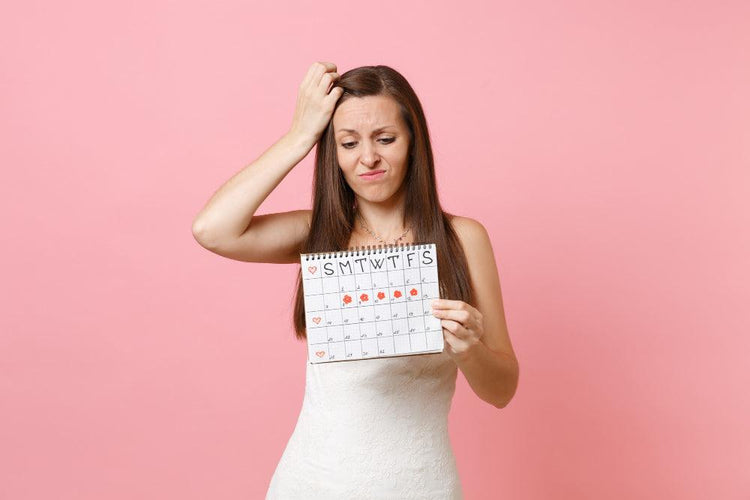

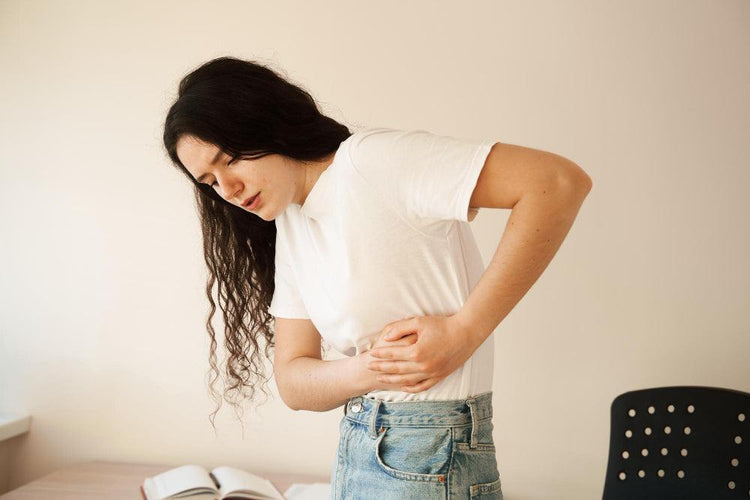
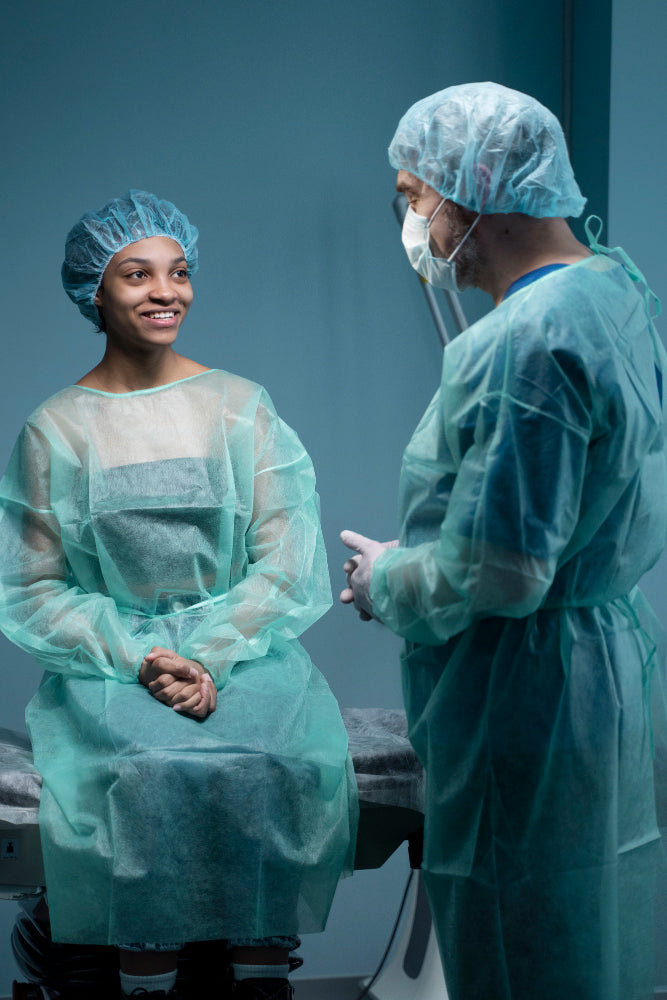
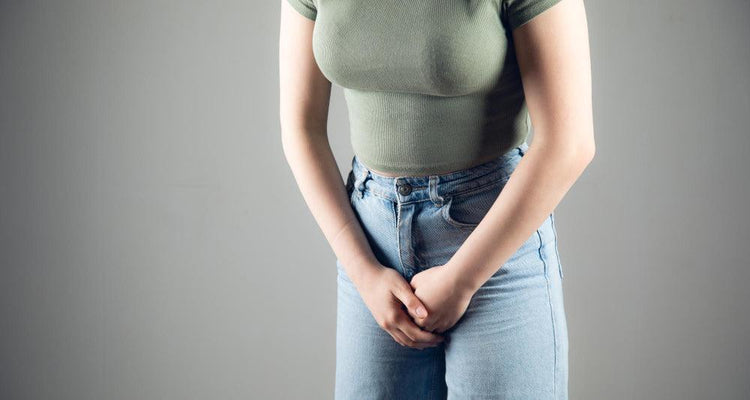





 Rated Excellent by 26,523+ Reviews
Rated Excellent by 26,523+ Reviews